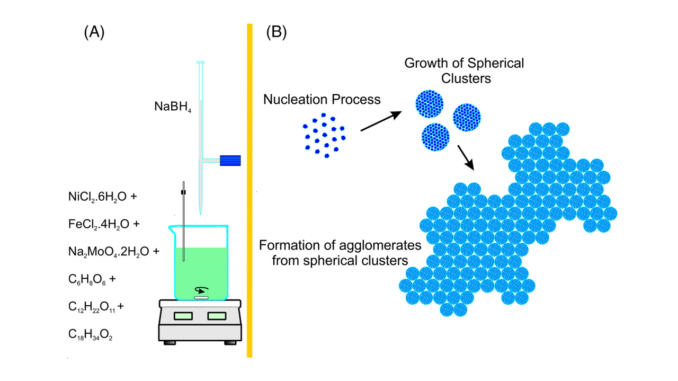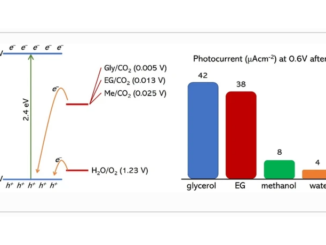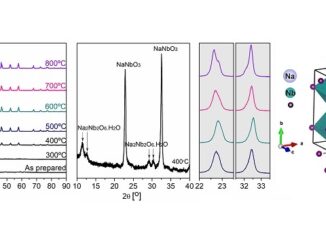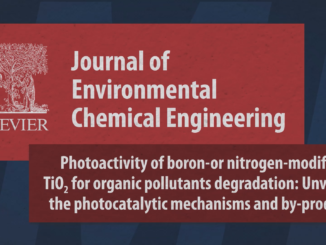
Temperature influence on NiFeMo nanoparticles magnetic properties and their viability in biomedical applications
Abstract: NiFeMo alloy nanoparticles were synthesized by co-precipitation in the presence of organic additives. Nanoparticles thermal evolution shows that there is a significant increase in the average size (from 28 to 60 nm), consolidating a crystalline structure of the same type as the Ni3Fe phase but with lattice parameter a = 0.362 nm. Measurements of magnetic properties follow this morphological and structural evolution increasing saturation magnetization (Ms) by 578% and reducing remanence magnetization (Mr) by 29%. Cell viability assays on as-synthesized revealed that nanoparticles (NPs) are not cytotoxic up to a concentration of 0.4 μg/mL for both non-tumorigenic (fibroblasts and macrophages) and tumor cells (melanoma).
Author(s): Muchenski, F.; Gonçalves, J.P.; Ribeiro, Y.C.; Franco, C. R. C.; Oliveira, C. C.; Marcon, B. H.; Robert, A.; Medeiros, L. C. S.; Oliveira, R. C.; Oliveira, A. J. A.; Mattoso, N.
J Biomed Mater Res.
Published: 07 March 2023
DOI: https://doi.org/10.1002/jbm.b.35248
CDMF
The CDMF, hosted at the Federal University of São Carlos (UFSCar), is one of the Research, Innovation and Dissemination Centers (RIDC) supported by the São Paulo State Research Support Foundation (Fapesp), and also receives investment from the National Council Scientific and Technological Development (CNPq), from the National Institute of Science and Technology of Materials in Nanotechnology (INCTMN).




